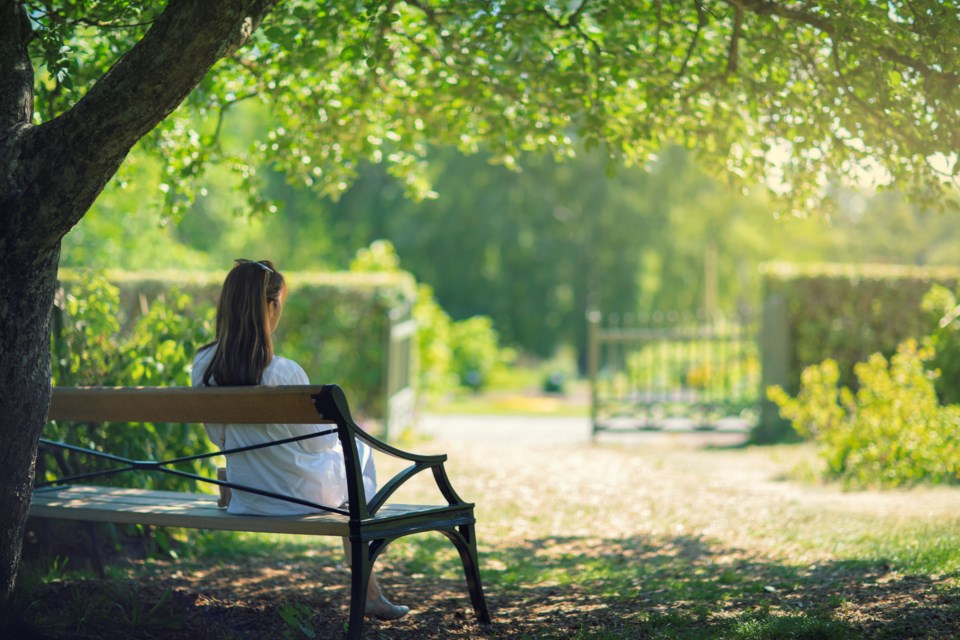The following column was submitted to the Tri-City News from Brian Minter — master gardener, best-selling author, Order of Canada recipient and co-owner of Minter Country Garden Store.
If you haven't been sitting under a shade tree during a hot day, it's probably because you don't have one!
As a matter of fact, if you take a good look around at our newer homes, many on smaller lots, shade trees tend to be one of the rarest species of trees in the landscape.
Considering the many excellent attributes of these environmental assets, we're really missing a welcome addition to our homes.
The most common misconceptions about shade trees are that they grow huge overnight, drop tons of leaves to be raked up each year, and have root systems that can damage septic tanks and fields.
Added to these alleged problems are concerns about insects, disease and pruning.
If these are the reasons that folks are not planting shade trees, it is unfortunate because, for the most part, they are unfounded fears.
Shade trees can also be planted for reasons other than shade.
When I select a tree for a landscape, I always look for two or three ways in which it can enhance the overall landscaping theme.
Colour is one of the most important factors, and whether it be foliage colour during the growing season or a spectacular fall performance, you'll have to admit they do brighten up the yard.
For summer colour, consider the disease-free 'Prairie Fire’ flowering crabapple, the rich colour of the narrow ‘Red Obelisk’or the ‘Dawyck Gold’ beech, the golden robinia or the chartreuse 'Sunburst’ locust tree.
Fall-coloured specimens are too numerous to mention, but my favourite is the Acer rubrum, which begins its red glow in mid-September.
Form is another important consideration.
Tall or stark commercial buildings too often spoil our vistas. Large pyramidal, round or columnar trees can soften and screen such structures and allow them to become more visually appealing.
Let's consider the cooling effect of a shade tree.
I've mentioned before that one average-sized shade tree has a cooling effect equivalent to four household air-conditioners running twelve hours a day.
The net result is that your house could be 8 to 10 C cooler during our summer hot spells.
Think about that one as you lay awake at night, tossing and turning in a 30 C room!
Another big bonus is that the cooling effect of a shade tree doesn't arrive in the form of a hydro bill at the end of each month.
If I haven't convinced you yet that shade trees are a good investment, let me add the fact that they'll keep your yard cleaner by collecting on their leaves the dust particles which would blow into your home.
They help sequester carbon.
They provide homes for birds, which in turn minimize your insect populations, and they act as a sound barrier to absorb a good deal of the noise from local traffic.
Shade trees also provide a great source of entertainment for kids, whether it be branches for swings, homes for tree houses, or just plain climbing!
Finally, they provide a nice retreat on a sweltering afternoon!
Now, if you're still not convinced about huge shade trees, consider a slow-growing species or some of the new compact, columnar varieties.
If it's leaves you're worried about, 'Green Pillar' oaks keep theirs all fall and winter.
If insects are concerning you, gingkos, liquidambars and liriodendron are all free of pests. Many shade trees have very fibrous root systems which are quite safe in even tiny lots, especially if they are planted properly in good soil with some depth.
When you weigh the pros and cons, I think it's fairly evident that shade trees are a welcome addition, not only to our homes, but also to the environment.



